There’s very few opportunities in cybersecurity where you get the benefit of foresight. This could be one.
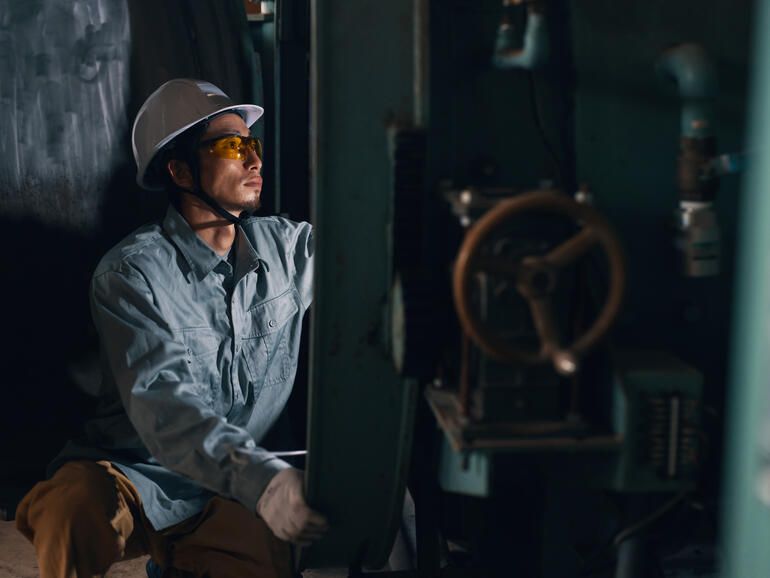

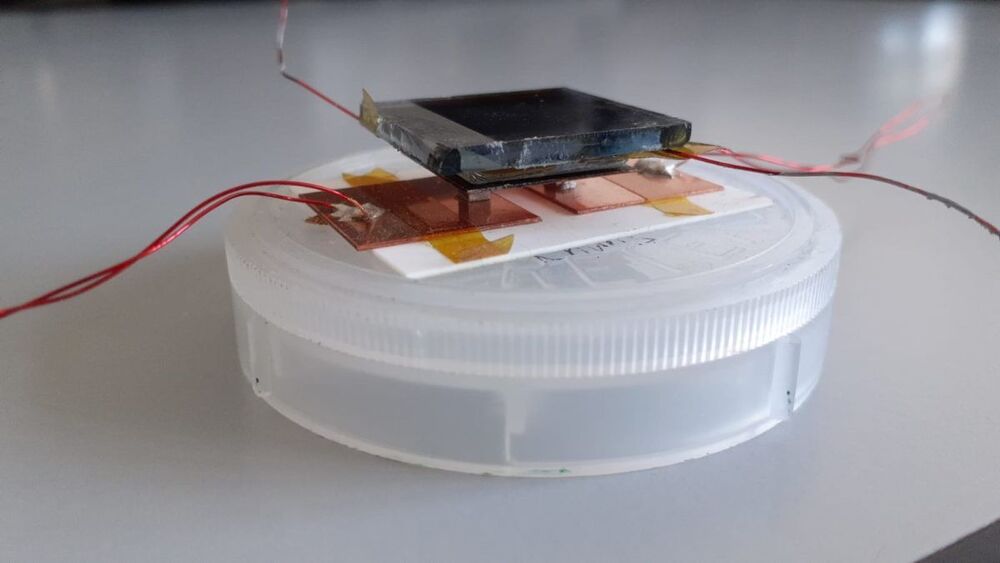
Heat flows naturally through the TEG because its cold side is kept at room temperature, while its hot side, which is in thermal contact with the cell, is at a high temperature. The Seebeck effect, which is the direct conversion of temperature differences between two semiconductor materials into electric voltage, generates this difference which then translates into additional electrical power.
The scientists decided not to use a spectrum splitting technology, which is generally utilized in these applications, to direct different parts of the solar spectrum towards either the PV or the TEG unit. “It is more convenient, in terms of final efficiency gains, to keep the solar cell at the same temperature of the TEG hot side, instead of keeping the cell cold but losing much of the recoverable heat,” the academics explained, noting that a wide-gap solar cell based on perovskite was chosen for the device, due to its lower sensitivity to high temperatures. “Temperature-sensitive materials, such as silicon, lose too much efficiency to make the hybridization convenient,” they further explained.
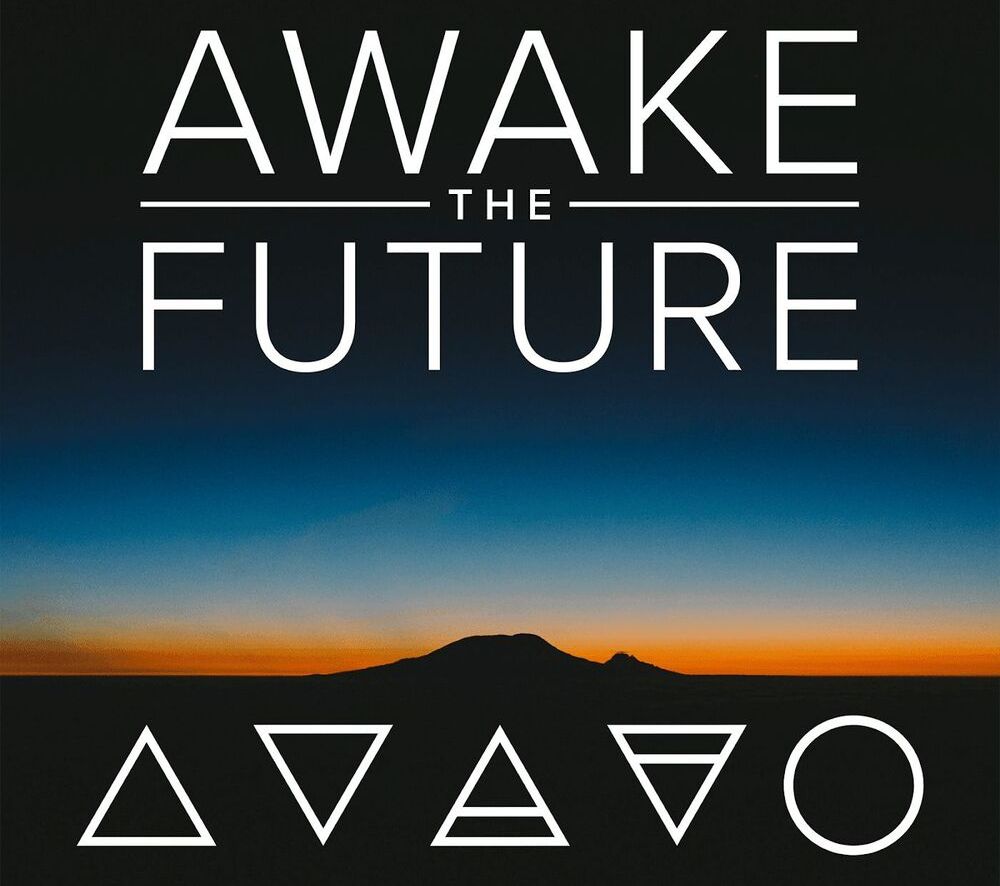
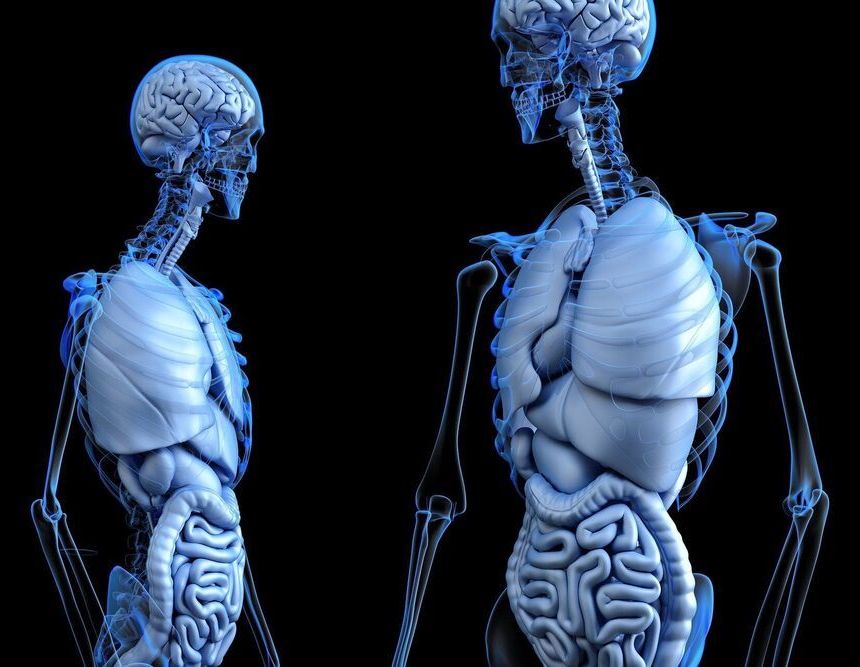
Researchers at the Stanford Institute for Stem Cell Biology and Regenerative Medicine have discovered how changes in aging skeletal stem cells may be an underlying cause of poor fracture healing, osteoporosis and various blood disorders as well as generalized inflammation and aging (sometimes called “inflamm-aging”) of cells and systems throughout the body. However, the researchers are also discovering how they might reinvigorate aging skeletal stem cell so that they start acting younger again, potentially reversing these changes.
“Skeletal stem cells give rise to bone, cartilage, and special cells that provide a niche or nursery for blood and immune stem cells to develop,” said Charles Chan, PhD, a member of the institute and an assistant professor in the Department of Surgery, Plastic and Reconstructive Surgery, and Immunology. “So if aged skeletal stem cells are not performing well, they can contribute to a wide variety of the disorders that we find in older people.”
The Research was published in the journal Nature. Chan and professor Michael Longaker, MD, are senior authors on the paper. Longaker is the Dean P. and Louise Mitchell Professor in the School of Medicine and a member of the Institute for Stem Cell Biology and Regenerative Medicine. Postdoctoral fellow Thomas Ambrosi, PhD is a co-first author along with former medical student Owen Marecic, MD and former postdoctoral fellow Adrian McArdle, MD, PhD.
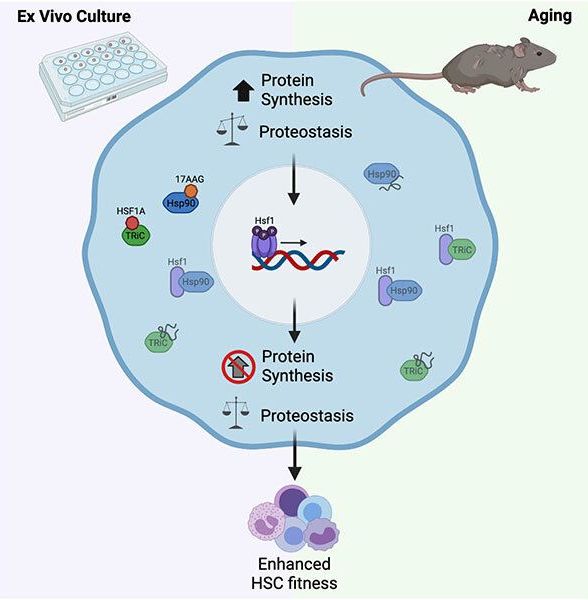
Hematopoietic stem cells—the precursors to blood cells—have been notoriously difficult to grow in a dish, a critical tool in basic research. Scientists at University of California San Diego School of Medicine have identified the underlying issue and developed a method to keep cultured cells healthy. These findings, they say, are positive news for patients seeking stem cell transplants—and may hint at a new way to ward off aging.
The findings will be published in the August 12 2021 online issue of Cell Stem Cell.
In bone marrow transplants, hematopoietic stem cells are infused intravenously to reestablish blood production in patients whose bone marrow or immune system is damaged. The procedure is used to treat diseases such as leukemia, lymphoma, aplastic anemia and immune deficiency disorders. However, donor stem cells are not always available for patients who need them.
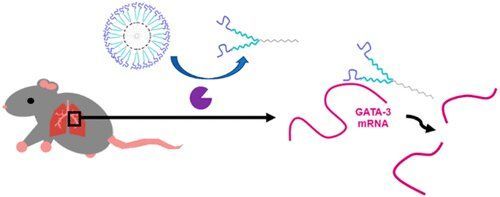
Steroid-based inhalers deliver life-saving medication for millions of asthma sufferers, providing relief and the ability to simply breathe. Unfortunately, inhalers do not work for all patients, and with rates on the rise for a disease that leads to hundreds of thousands of deaths world-wide each year, new asthma treatments and strategies are needed.
A team of UConn researchers—including Assistant Professor of Chemistry in the College of Liberal Arts and Sciences Jessica Rouge and Associate Professor of Pathobiology in the College of Agriculture, Health, and Natural Resources Steven Szczepanek—are collaborating to develop novel asthma therapeutics using gene-silencing nanocapsules in a bid to help patients who aren’t benefiting from existing treatments. Their research was published in ACS Nano.
“When treating asthma, many people think of small molecule anti-inflammatory medications as the way to go, but there are plenty of patients who have asthma who do not respond to corticosteroids,” says Rouge. “There’s an unmet need for creating different therapeutics that can suppress asthma for this group of people.”
A 21st Century Mystery School — “Creating New Paradigms In Wellness And Wisdom Never Seen Before, And Never More Needed Than Now” — Dr. Dennis McKenna, Founder, McKenna Academy of Natural Philosophy.
Dr. Dennis McKenna is an American ethnopharmacologist, research pharmacognosist, lecturer, author, and Founder of the McKenna Academy of Natural Philosophy (www.mckenna.academy).
Dr. McKenna is a founding board member and the director of ethnopharmacology at the Heffter Research Institute, a non-profit organization concerned with the investigation of the potential therapeutic uses of psychedelic medicines. He also serves on the Advisory Board of the American Botanical Council; as Founder and Executive Director for the Institute for Natural Products Research; as an Independent Research Consultant to the Phytomedicine and Nutraceutical Industry; was formerly on the Editorial Board of Phytomedicine, International Journal of Phytotherapy and Phytopharmacology; and is an adjunct professor in the Center for Spirituality and Healing at the University of Minnesota.
Dr. McKenna received his Master’s Degree in Botany from the University of Hawaii in 1,979 his Ph.D. in Botanical Sciences from the University of British Columbia in 1,984 and continued into post-doctoral research fellowships in the Laboratory of Clinical Pharmacology, National Institute of Mental Health (NIMH), and in the Department of Neurology, Stanford University School of Medicine.
Dr. McKenna’s research led to the development of natural products for the Aveda Corporation, as well as greater awareness of natural products and medicines. He has authored or co-authored over 50 peer-reviewed scientific papers and written multiple books, including “The Brotherhood of the Screaming Abyss: My Life with Terence McKenna”, co-author of “The Invisible Landscape” with his brother Terence, and co-author of a widely recognized reference work on herbal medicines, titled “Botanical Medicines: the Desk Reference for Major Herbal Supplements”.
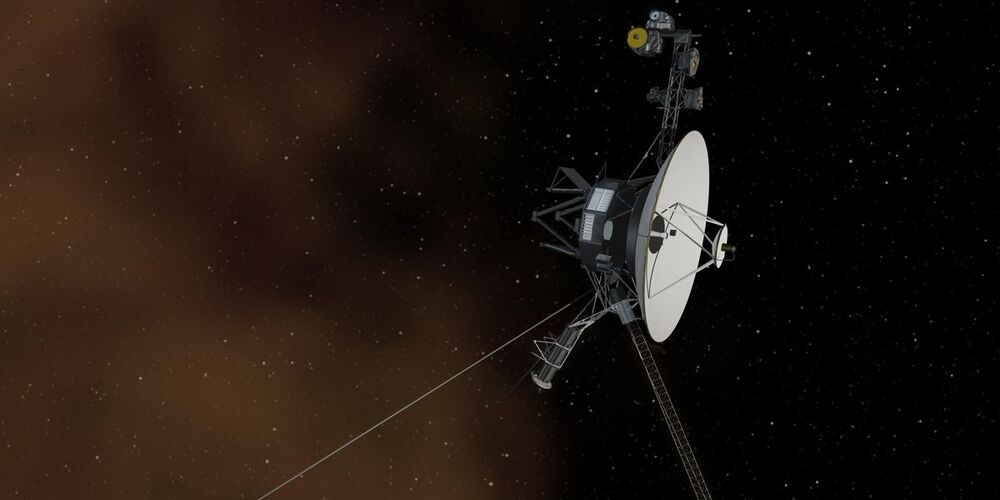

In a study released today (August 11 2021), NASA
Established in 1,958 the National Aeronautics and Space Administration (NASA) is an independent agency of the United States Federal Government that succeeded the National Advisory Committee for Aeronautics (NACA). It is responsible for the civilian space program, as well as aeronautics and aerospace research. It’s vision is “To discover and expand knowledge for the benefit of humanity.”
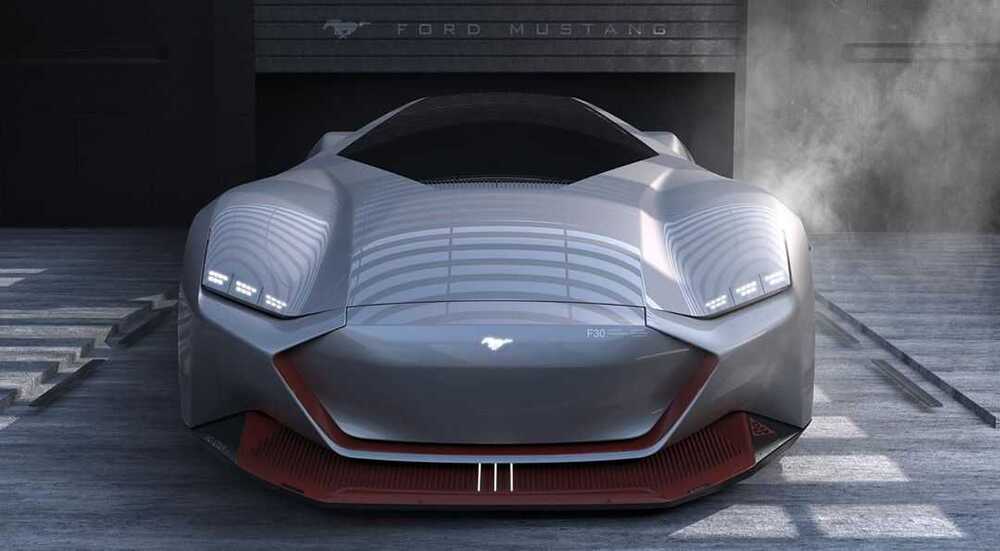
Although we expect the Ford Mustang Mach-E will be a hit, the reality that Ford emblazoned its all-electric crossover with a pony logo and the historic Mustang brand has turned off many fanatics. The answer is still out on whether the Mach-E will be a long-term plus or bad for the Mustang. Lichen Zhang, who regularly shares some cool-looking vehicle designs, has created this futuristic Ford Mustang EV. As a result, this design lacks the classic style we’ve come to anticipate from Mustangs in previous generations, while there are some clues of the past, notably in the front end. With a steeply sloped roof, huge haunches, and the kind of visage that reinforces the idea it’s after our lunch money, this 2,030 Ford Mustang EV “prototype” is surely a head-turner. The shape has a prominent beltline that leads to a somewhat narrow cockpit, making it difficult to seat two people side by side. Moreover, the rear end features an entirely new take on the Mustang’s renowned tri-bar taillights, which appear as if a wild animal has just scratched them somewhat. Nonetheless, this futuristic 2,030 Ford Mustang EV drawing signals a whole new trend in Mustang aesthetics, and we have to question if it’s a viable possibility. Anything is possible, considering The Blue Oval’s bravery in calling a battery-electric crossover a Mustang and the intrepid design of the current, third-gen Ford GT.Returning to reality for a moment, there is already a Ford Mustang EV in the form of the Mach-E, and we’re convinced that a hybrid will follow in the coming years. The hybrid, which will appear with the next-generation Mustang in 2,023 will, nevertheless, probably dominate much, if not all, of its gas-powered sibling’s appearance. We wouldn’t count out a major shift in automobile design as the industry switches to battery electric power.